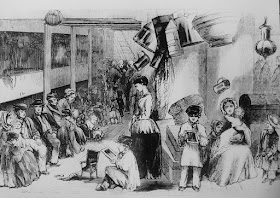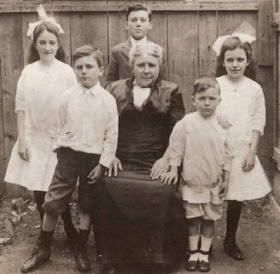Q How do I obtain SA BMD certificates?
A In the UK
context, this isn’t the recommended
first line of attack. BMD registers and indexes are held by the Department of
Home Affairs. The only way to obtain an official certificate is through the
Department or, if you live overseas, through the South African embassy or
consulate.
The Department of Home Affairs
won’t consider applications for certificates unless you provide full details
i.e. names, precise date and location of the event. Generally these are what
the family historian is trying to find out. If you know all the facts, is it
really worth going through the frustrating ordering process? It could take six
months to acquire a certificate; there’s no guarantee of a result. If the only
information you have is a vague idea that the ancestor was born or married ‘in
the Cape ’, don’t waste time applying for a
certificate.
If your forebear was born
prior to the start of civil registration, a birth certificate will not be
available.
Compulsory official
registration of BMD commenced in SA as below:
Cape: marriages 1700; births
and deaths 1895
Natal : marriages 1845; births 1868; deaths 1888
Transvaal: marriages 1870; births and deaths 1901
Orange Free State
Transvaal: marriages 1870; births and deaths 1901
Marriage certificates are
uninformative: no parents’ names appear on the document. If the happy couple
later divorced, a copy of the marriage certificate is likely to be among the
documents generated by the court proceedings; this is one good reason to access
a divorce file. In early civil marriages, where the bride was under age, her
parents’ signatures would appear on the entry, indicating their consent to the
marriage. On FamilySearch you can find Natal Civil Marriages 1845-1955 at
There are other possible
avenues for finding SA birth and marriage records but the discussion here relates
to obtaining official certificates for
such events.
















